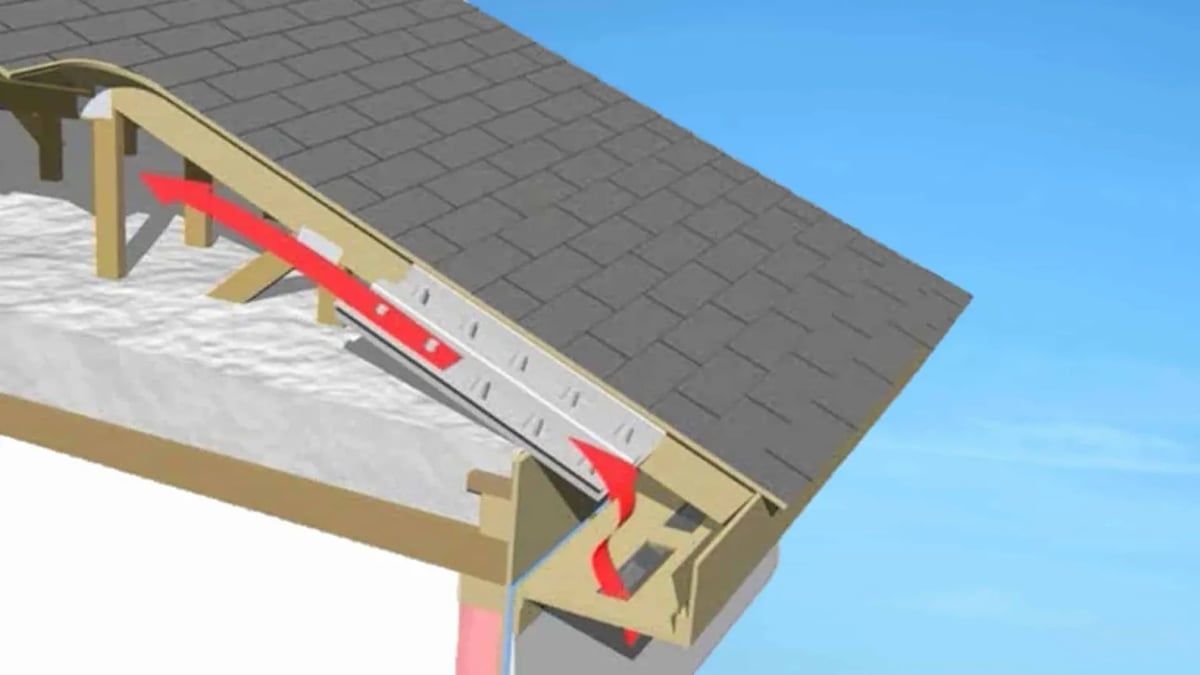🛠️ Worker active sitewide
🛠️ Worker active sitewide
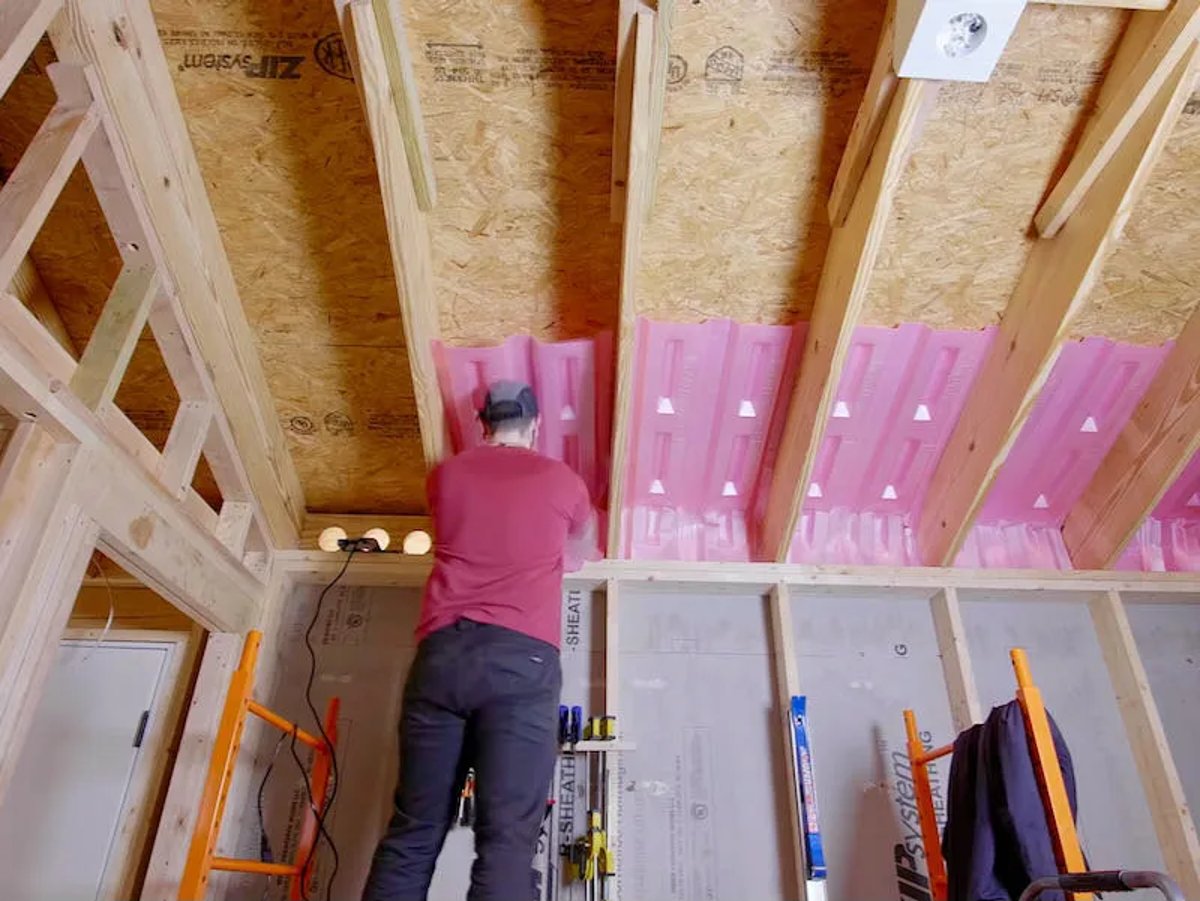
What Are Attic Baffles?
🛠️ Worker active sitewide
🛠️ Worker active sitewide
🛠️ Worker active sitewide
🛠️ Worker active sitewide
🛠️ Worker active sitewide
🛠️ Worker active sitewide
🛠️ Worker active sitewide
🛠️ Worker active sitewide
🛠️ Worker active sitewide
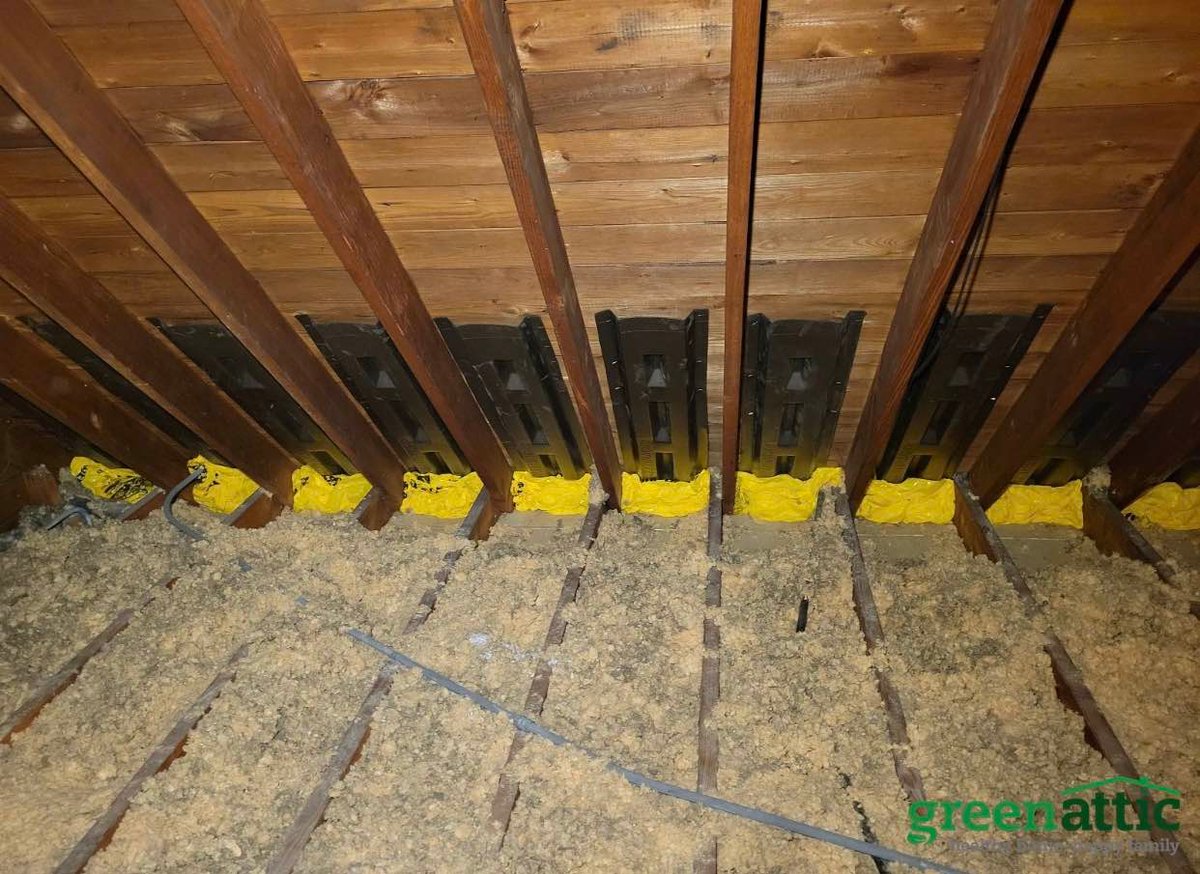
Benefits of Attic Baffles
- Attic baffles promote proper airflow, reducing the risk of mold growth and the associated musty smell.
- Protection for Structural Components: Inadequate air circulation and improperly installed insulation can cause damage to the structural components of your attic, including rotten wood.
🛠️ Worker active sitewide
- During colder months, condensation can occur where the attic insulation contacts the roof. Installing baffles in each cavity helps prevent potential condensation on roof decks.
🛠️ Worker active sitewide

Types of Attic Baffles
- Foam Rafter Baffles: These attic baffles are used to channel hot and cold air to roof vents to keep insulation from blocking the soffit part of the roof. They look like egg boxes and have extra cones to open the soffit vent. Also, Styrofoam rafter vents are light, flexible, and affordable, and you can easily install them with staples.
- Cardboard or Plywood Attic Baffles: Cardboard baffles function like extruded foam baffles. They are made with corrugated stock that is easily foldable and stapled to keep insulation from spilling into the soffit area. Also, cardboard absorb moisture, helping you reduce mold and mildew.
- Plastic Attic Baffles: Plastic attic baffles are made from high-impact polystyrene (HIPS). They do not absorb moisture or grow mold and can withstand the pressure from insulation. Also, plastic attic baffles feature a versatile design adaptable to various heel heights.
🛠️ Worker active sitewide
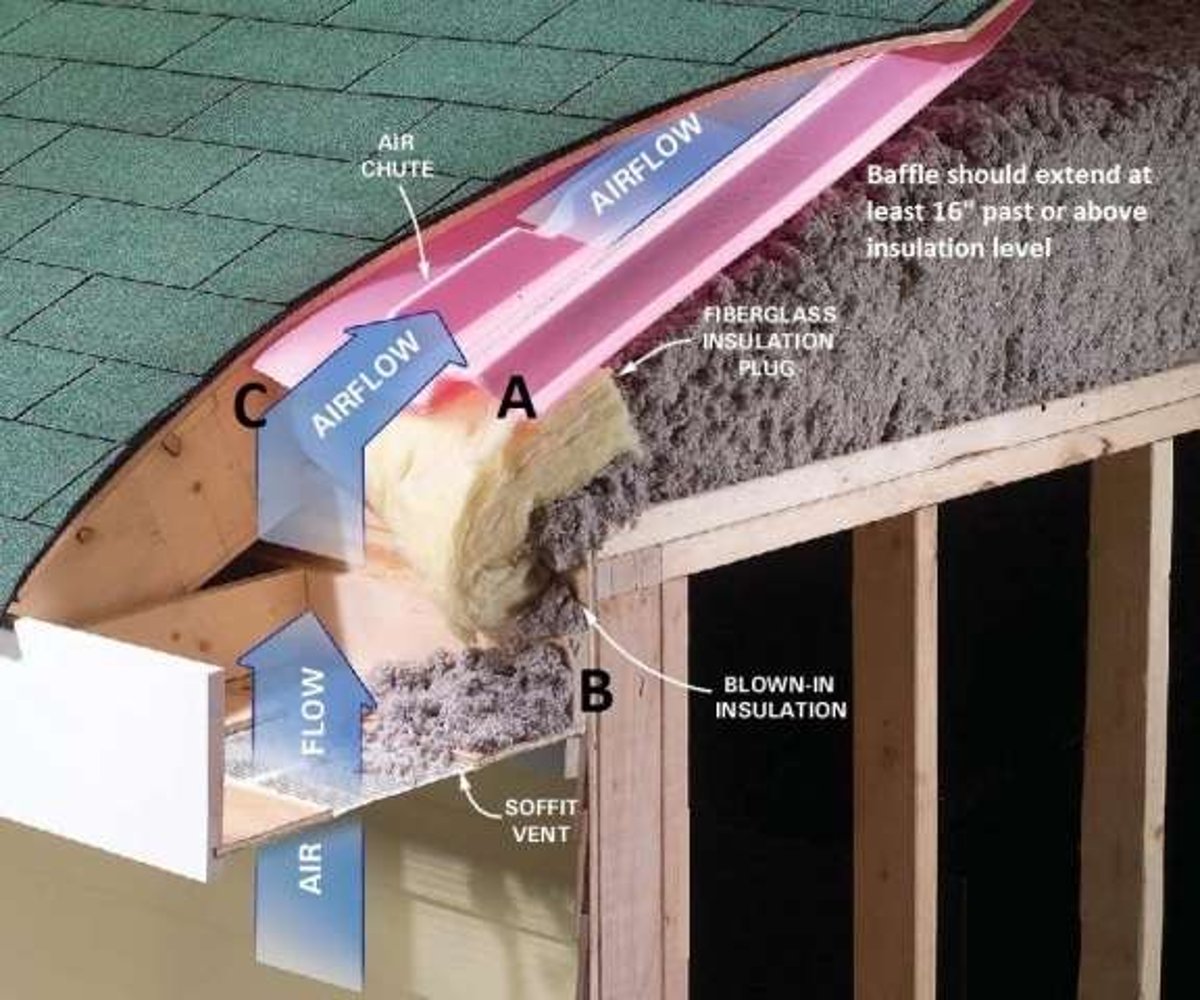
How To Install Attic Baffles
🛠️ Worker active sitewide
- Start by inspecting your attic and noting what you need to keep and what should be taken out.
- Next, determine if you need to remove the old insulation, check if all the rafters are exposed, and if you have drywall.
- When working around your insulation, ensure you put on safety gear like gloves, goggles, coveralls, and a dust mask. This keeps you safe and prevents irritation to your eyes and skin.
- Note that if you used drywall or plywood to cover your roof rafters, you must remove it to install the baffles.
- If you have existing insulation, take it off the attic edges, precisely where you are installing the baffles. Each space between the rafters needs a baffle, and you must fit each one snuggly into the bay. The bottom should start where the ceiling joist meets the roof rafters.
- Afterward, use a staple gun to staple the edges. Ensure they are well aligned and secured, and note any roofing rails that might stick out of the rafter or bay. You can seal the connecting points with spray foam to prevent air leaks.
- After installing the insulation baffles, put back the insulation or install a new one. Ensure the baffle keeps the insulation from hitting the rafter bays.
🛠️ Worker active sitewide
- Improved attic ventilation by introducing fresh air from the exterior soffits, which helps mitigate moisture in the attic and regulates attic and roof deck temperatures.
- Prevention of blown-in attic insulation from spilling into exterior soffits, ensuring unobstructed airflow.
- Enhanced comfort in rooms adjacent to the attic by reducing heat and air losses.
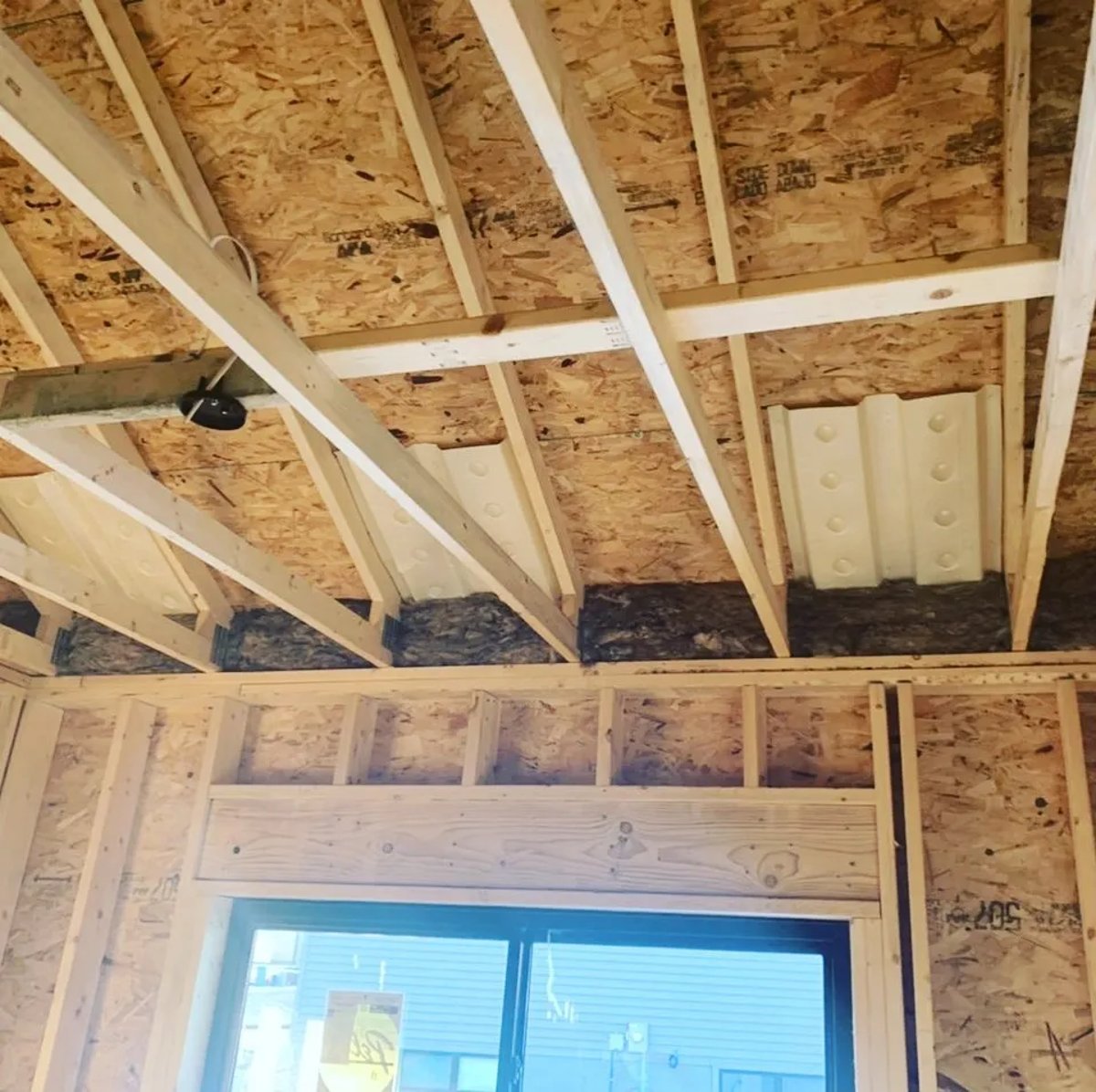
How Many Attic Baffles?
🛠️ Worker active sitewide
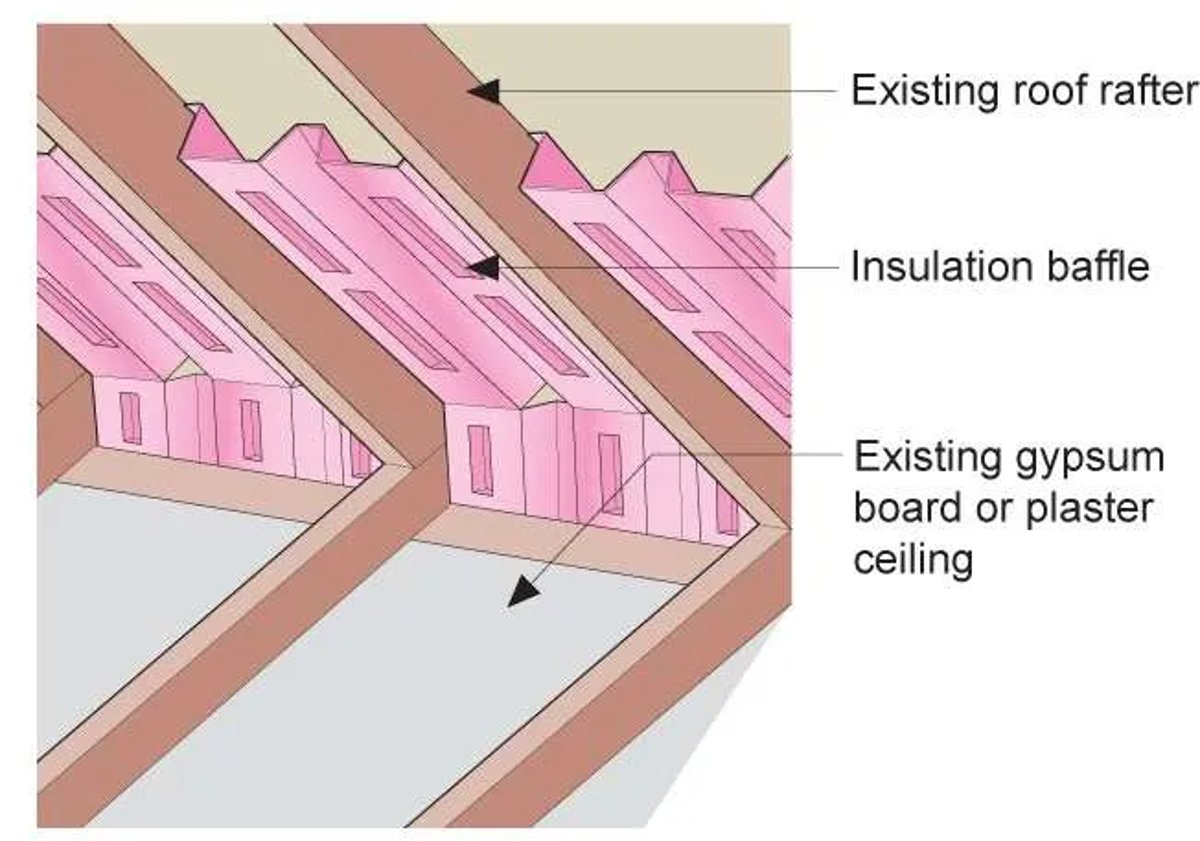
When to Hire a Contractor to Install Attic Baffles
🛠️ Worker active sitewide
🛠️ Worker active sitewide
🛠️ Worker active sitewide
How many attic baffles do I need in my attic?
🛠️ Worker active sitewide
How far up should attic baffles go?
🛠️ Worker active sitewide
How do you know if your attic has enough ventilation?
🛠️ Worker active sitewide















.svg)
.svg)
.svg)
.svg)
.svg)
.svg)
.svg)
.svg)
.svg)
.svg)
.svg)
.svg)
.svg)
.svg)

.svg)
.svg)
.svg)
.svg)
-1.svg)
.svg)
.svg)

